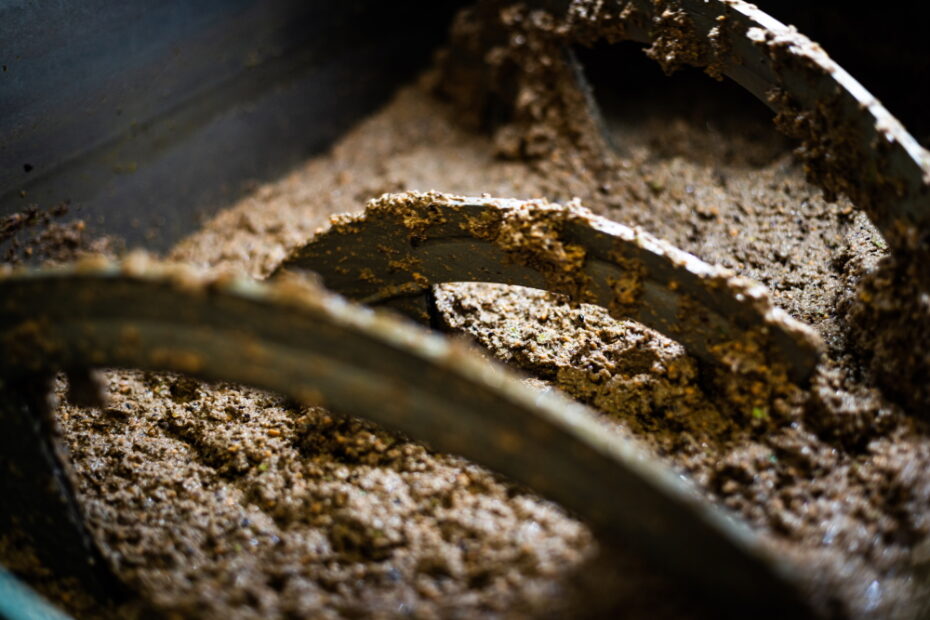An high quality extra virgin olive oil is born from the experience, attention and special care reserved for every single step of the production.
The fruits are taken to the mill a few hours after being harvested, so that they don’t remain piled up for too long. This avoids the early breaking of the external wall and the consequent fermentation, situations which in both cases lead to a deterioration of the olives. Once in the Frantoio (oil mill), all the harvest is poured into the defoliator, a machine that detaches the leaves and twigs separating them from the olives.
Subsequently, the fruits are further “cleaned” using a washing machines which allow the olives to arrive at the milling perfectly cleaned of dust, earth and organic residues which naturally deposit during the months of maturation in the open air. The well-washed olives enter the crusher directly, starting the processing cycle known as milling.
The crushing is the phase during which the olives are crushed until a coarse paste is obtained which contains the peel, pulp and stones. The most used pressing methods are: the traditional one, which determines a discontinuous processing cycle and the modern one, typical of continuous cycle mills.
The traditional method, which is gradually disappearing, is based on the use of granite millstones which, with their weight, crush the olives; the modern method instead uses hammer or knife crushers, with the advantage of quickly crushing a large quantity of olives, obtaining a more uniform paste and limiting the contact of the olive paste with oxygen to a minimum.
Subsequently this paste enters watertight stainless steel tanks (kneaders), here the kneading takes place which consists of a slow and continuous mixing of the olive paste. It is a fundamental and delicate step as it allows to break the water-oil emulsions that have formed during the pressing and to bring together the droplets of oil into ever larger drops that will be easier to extract in the subsequent extraction.
During the kneading phase, which lasts about 30 minutes, the temperature of the paste must never exceed 27 degrees centigrade in order to preserve the organoleptic characteristics and properties of the oil and guarantee cold extraction.
The paste coming from the kneading machine is then placed in a large centrifuge or decanter which, by means of a high speed, separates the pomace from the oily must, which in turn is separated into oil and vegetation water by a special centrifugal separator.
At the end of these operations, a perfectly edible oil is always obtained, but cloudy because it has mucilage, air bubbles, pulp fragments and water residues in suspension. A settling period is therefore necessary so that all foreign substances settle on the bottom (sludge) or filtration is resorted to using various types of filtering systems.



